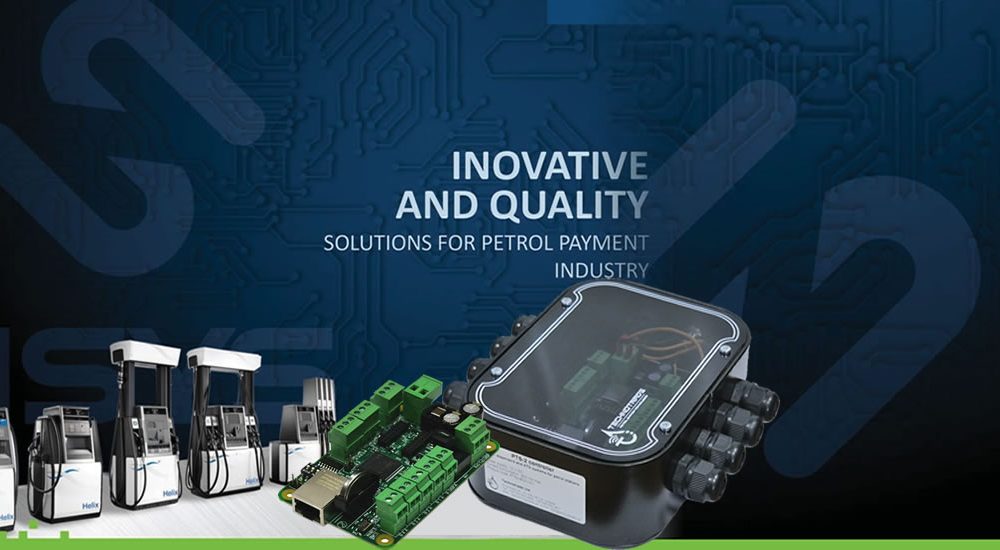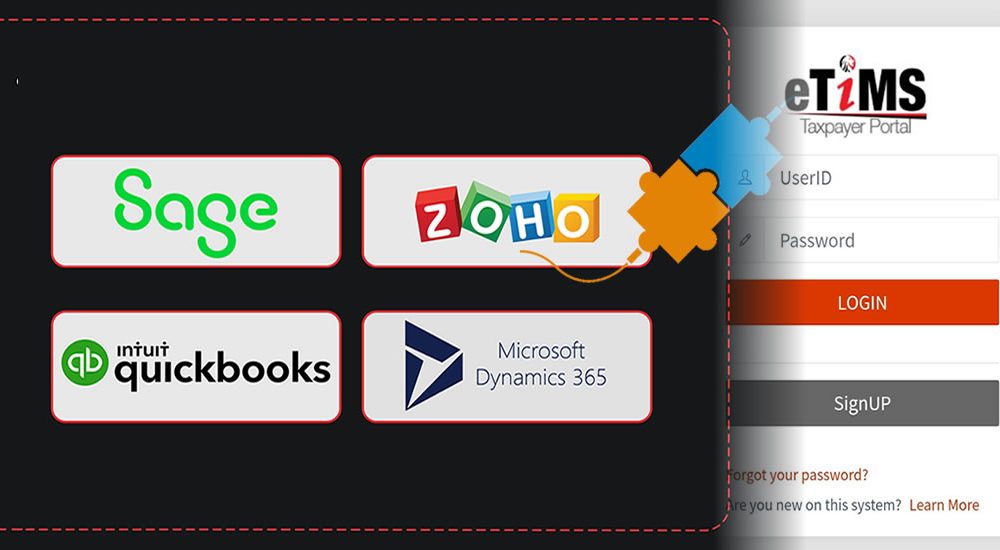- Firewalls: Firewalls are used to block unauthorized access to a network. They can be hardware-based or software-based, and they typically work by filtering traffic based on IP addresses, ports, or protocols.
- Intrusion detection systems (IDS): IDSs monitor network traffic for malicious activity. They can be configured to alert administrators to potential threats, or they can be used to block traffic that is deemed to be malicious.
- Intrusion prevention systems (IPS): IPSs are similar to IDSs, but they can also take action to block malicious traffic. This can be done by dropping packets, resetting connections, or even taking down entire systems.
- Antivirus software: Antivirus software is used to scan files and applications for viruses and other malware. It can also be used to quarantine infected files and remove malware from infected systems.
- Data loss prevention (DLP): DLP solutions are used to prevent sensitive data from being leaked or stolen. They can do this by monitoring network traffic, encrypting sensitive data, and controlling access to sensitive data.
- Security awareness training: Security awareness training is designed to teach employees about cyber security best practices. This can help to prevent employees from making mistakes that could lead to security breaches.
Cyber Security Solutions
Projects
Following an extended period of consulting to AIFS, working closely with the internal team and gaining a deep understanding of their requirements, We were engaged for the design, development and migration of the main AIFS website and numerous sub-sites, onto the Wordpress platform.

These are just a few of the many different cyber security solutions that are available. The best solution for a particular organization will depend on its specific needs and requirements.
In addition to the above solutions, there are a number of other things that organizations can do to improve their cyber security posture. These include:
- Keeping software up to date: Software updates often include security patches that can help to protect against known vulnerabilities.
- Using strong passwords: Passwords should be long, complex, and unique. They should also be changed regularly.
- Implementing multi-factor authentication: Multi-factor authentication requires users to provide two or more pieces of identification to gain access to a system. This can help to prevent unauthorized access, even if passwords are compromised.
- Educating employees about cyber security: Employees should be educated about cyber security best practices. This can help them to identify and avoid phishing attacks, malware, and other threats.


